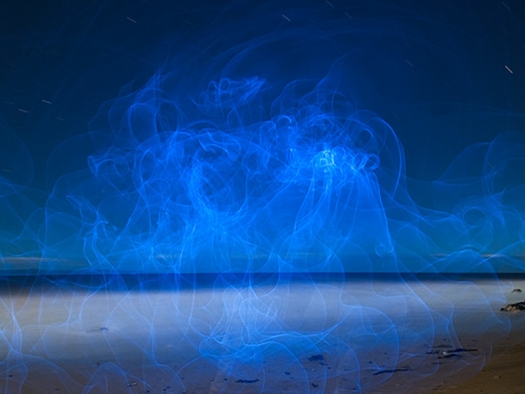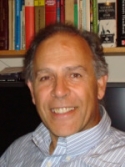Aether.jpg

Photo by Toby Keller (cropped) / Flickr (CC BY-NC-SA 2.0)
“To deny the aether is ultimately to assume that empty space has no physical qualities whatsoever.”1
~Albert Einstein
“Effectiveness is the measure of Truth.”2
~The 7th Huna Principle
Abstract
The aether, proposed to be a subtle primordial substance, was once thought to permeate all space and provide a substrate through which electromagnetic waves, such as light, traveled. It is a powerful explanatory concept that has roots in ancient indigenous knowledge and helped unify our understanding of the physical world for centuries. The Michelson-Morley experiment is often credited as being the death blow to aether, but this is not exactly so. These experimental results were not nil, but showed approximately 25% of the expected 30m/s speed of an "aether wind" from Earth orbiting the Sun. The aether was abandoned largely because of Einstein’s Special Relativity Theory, which contradicts an absolute frame of reference. Nonetheless, Einstein came to accept a new version of the aether to explain parts of his famous theory of General Relativity.
Although the static aether of the 19th century was abandoned, with the advent of quantum mechanics, new dynamic models of space were developed. Space was viewed as a quantum plenum full of energetic potential resulting from Planck's blackbody radiation. Indeed, space has measurable physical properties that imply the existence of a subtle substance herein called the “neo-aether.” Matter can be considered a unique dynamic state of the “neo-aether.” A rudimentary consciousness may be rooted in this deep substratum of existence.
Historical highlights of the aether concept and the “neo-aether” are described here. There is the Akasha of Vedic philosophy; the luminiferous aether of Huygens; Maxwell’s theory of molecular vortices; the zero point energy of quantum theory; the dark energy of cosmology; the quantum potential of Bohm; and metaphysical perspectives.
Whereas 20th century physics was largely caught up in mathematical verbiage, the “neo-aether” is a physical model that provides causal explanations of observed phenomena including non-locality and electromagnetic wave propagation through space. One implication of the “neo-aether” is the possibility of a unified field theory in which particles, fields, and even sentience originates.
Full text
Read the full text of Revisiting the Aether in Science.
References
- Janssen, M., Schulmann, R., Illy, J., Lehner, C., Buchwald, D.K. The Collected Papers of Albert Einstein. Volume 7, The Berlin Years: Writings, 1918-1921. Princeton, COSMOS AND HISTORY252NJ: Princeton University Press, 2002: 321.
- King, S.K. Huna: Ancient Hawaiian Secrets for Modern Living. New York: Simon & Shuster, Inc., 2008: 12
Revisiting the Aether in Science was originally published in Cosmos and History: The Journal of Natural and Social Philosophy, vol. 14, no. 2, 2018. Used with permission.



